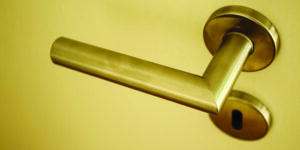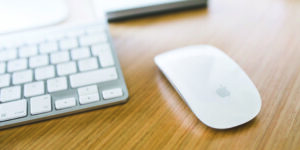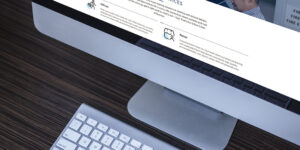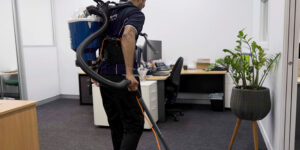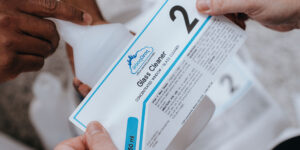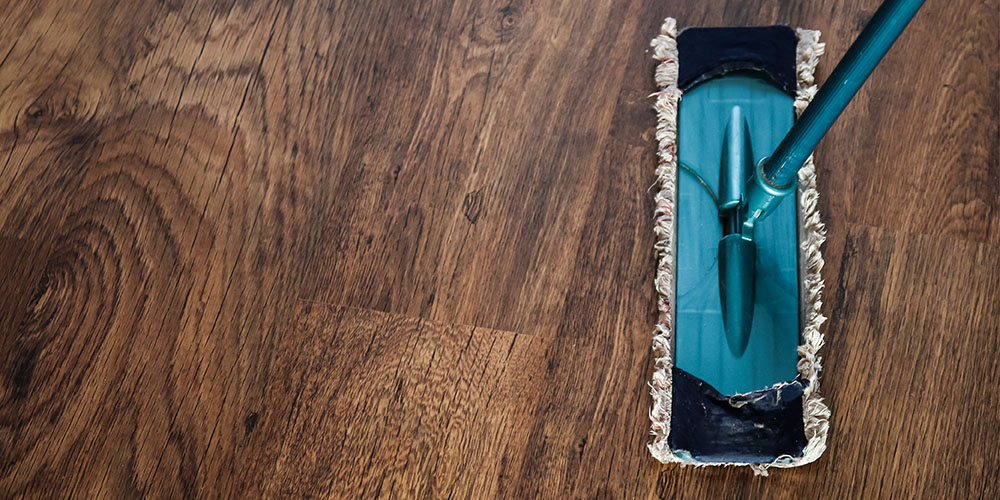
Think you’re cleaning like a pro? Think again—you might actually be doing more harm than good. While we all strive for a spotless space, many of us unknowingly rely on outdated tips, marketing myths, or simple hearsay. It’s time to debunk some common cleaning misconceptions that could be sabotaging your efforts.
More Soap Equals Cleaner Surfaces
It’s easy to assume that more soap means a deeper clean but using too much can actually leave a sticky residue that attracts more dirt. Stick to the recommended amount for the best results. Foam and lather are created by additives like sodium lauryl sulfate (SLS) and cocamide DEA, which mix with water and air to boost bubbles – often used by brands to make products seem more effective. Instead of focusing on foam, pay attention to the soap’s ingredients. Look for natural surfactants like coco glucoside or decyl glucoside, which lower water’s surface tension and help lift and rinse away dirt and oil.
Bleach is the Ultimate Disinfectant
Bleach is a staple in any cleaning arsenal, tackling everything from toilets to mold. But does it truly do it all? While it’s a powerful disinfectant, some pathogens can resist it. Plus, frequent use can harm surfaces like marble or granite in your home. A better option could be hydrogen peroxide or vinegar-based cleaners, which are just as effective without the harmful downsides.
Dishwashers are Self-Cleaning
Nope, dishwashers need regular cleaning to keep them working efficiently and ensure your dishes and cutlery stay hygienic and sanitized. If not cleaned, bacteria can build up, causing unpleasant smells, and any grime left behind hardens, making it tough to remove. It can also clog the bottom of the dishwasher or block the water flow needed for cleaning. Running a cleaning cycle with dishwasher cleaner every three months helps remove buildup and odors, and don’t forget to clean the dishwasher filter!
Cleaning With Hot Water is Always Better
Hot water is a powerful tool in general cleaning – it helps dissolve grease, loosen grime, and activate many cleaning agents more effectively. It’s especially useful on hard surfaces like kitchen counters, bathroom tiles, and stovetops, where heat can break down stubborn residues. However, it’s not always the best choice for every situation. On certain surfaces or materials, hot water can cause damage, warping, or discoloration. And when dealing with protein-based stains – like food spills – hot water may actually set the stain deeper. In these cases, cold water is often more effective and gentler. The key is knowing when to use heat and when to hold back, so you get a cleaner result without unintended damage.
Vinegar Cleans Everything
Vinegar is great for many purposes, but it’s not suitable for everything. Avoid using it on natural, porous materials like wooden furniture, countertops, granite, marble, and other types of stone. Steer clear of using it on chrome or stainless steel too, unless you’re okay with losing their shine permanently. Always double-check before using it as an all-purpose cleaner.
The More Cleaning Products the Better
We’re debunking this myth right now – less is definitely more. While cleaning creators might use multiple products, it’s usually unnecessary. Mixing chemicals can be dangerous and create toxic fumes. Plus, using multiple cleaners on one surface offers little benefit – one good product should do the job. Choose a cleaner suited for the surface, and a pro tip is to respect the product’s dwell time to make scrubbing and rinsing easier.
Cleaning and Disinfecting are the Same Thing
Two distinct but equally essential steps in maintaining a truly hygienic space are cleaning and disinfecting. Cleaning uses surfactants like soap to lift and remove dirt, grime, and many germs from surfaces – reducing the number of pathogens without necessarily killing them. Disinfecting, on the other hand, involves chemical agents that actively kill bacteria and viruses, lowering the risk of infection. However, disinfectants don’t remove visible messes like stains or debris. For effective hygiene, both steps are crucial: clean first to remove contaminants, then disinfect to eliminate what’s left.
Newspaper Works Great for Cleaning Windows.
This traditional method can cause ink smudges and doesn’t work well with modern glass coatings. Microfibre cloths are a superior option—they’re lint-free, resist streaking, and are specifically designed to trap dust and absorb moisture without scratching surfaces. According to Invisible Glass, microfibre cloths outperform paper towels and newspaper by leaving glass surfaces cleaner, clearer, and free of residue.
Air Fresheners Clean the Air
While air fresheners are great at masking odors, they don’t remove the actual sources like bacteria, mould, or allergens. In fact, many release volatile organic compounds (VOCs) such as formaldehyde and benzene, which can irritate the lungs and contribute to poor indoor air quality—especially in enclosed spaces. According to the Australian Government Department of Health, VOCs from products like air fresheners and cleaning agents are common indoor pollutants that can affect respiratory health. So while a fresh scent might feel clean, the healthiest approach is regular cleaning and good ventilation to truly freshen the air and reduce hidden irritants.
Looking for a commercial cleaning service for your business?
We’re here to assist! Whether it’s offices, educational facilities, or medical centers, we’ve got it covered. Reach out to connect with an Urban Clean Owner Operator near you.
Interested in learning more about an Urban Clean Franchise?
Urban Clean Unit Franchises offer guaranteed monthly contracts (terms and conditions apply), reliable support, and proven systems, making them a rewarding and profitable way to start your own business. Click here to find out more.
Sources:
Clean People – More Suds Equals More Clean: Fact Or Myth? – Clean People
Hire Crews – 10 Common Cleaning Misconceptions Debunked
Better Homes and Gardens – Cleaning Myths Debunked
The Kitchn – 7 Biggest Cleaning Myths, Debunked
Jim’s Cleaning – Cleaning Myths Debunked
Cleaners Link – 5 Old Wives’ Tales You Should Stop Believing
Camachem – Top 10 Chemicals Used in Soap & Detergent Industry
Branch Basics – 5 Effective Natural Surfactants
RusticWise – What Are Surfactants in Soap?
Department of Health, Disability and Aging – Indoor air quality | Australian Government Department of Health, Disability and Ageing




